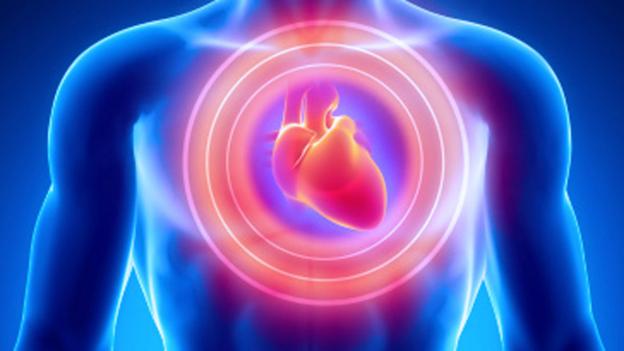Will we ever... be able to heal damaged hearts?

(Copyright: Thinkstock)
Scientists hope they can repair the harm caused by a heart attack
without having to replace the organ. But it’s proving to be a
frustrating task.
The
problem with broken hearts is that they just keep breaking. While
organs like your liver or skin excel at regenerating themselves after
injuries, the heart is the class dunce. If its muscle cells, or
cardiomyocytes, die during a heart attack, they are replaced by scar
tissue rather than fresh muscle. This temporarily supports the damaged
tissue but in the long term, it weakens the heart and increases the risk
of more heart attacks. It’s no wonder that heart disease is the leading
cause of death worldwide. By 2030, it’s estimated that failing hearts
will kill more than 23 million people every year.For now, the only way to stop the downward spiral of a damaged heart is to replace it. But donor hearts are so rare that only a few thousand transplants are carried out every year, and the lucky recipients still face a reduced life expectancy full of toxic drugs that suppress their immune systems.
Since the early 2000s, scientists have been trying to use stem cells from a person’s own body to persuade their hearts to grow new muscle. Stem cells can produce all of the various types of cell in the body, and the hope was that they’d generate new cardiomyocytes if injected into an ailing heart.
That optimism was fuelled by a study published in Nature in 2001, which showed that stem cells from the bone marrow of mice could efficiently produce new muscle when injected into the rodents’ damaged hearts. Those results were refuted three years later but, by then, many clinical trials were already underway. Dozens have since been done, using stem cells taken mostly from bone marrow, but also skeletal muscles and other sources.
In 2012, the Cochrane Collaboration – an organisation that specialises in assessing medical evidence – analysed the outcomes of 33 of these trials that, between them, included 1,765 patients. Their results were underwhelming. On average, injected stem cells improved the heart’s pumping ability by just 3-4%, and they didn’t prevent further heart attacks, produce new blood vessels, or actually save lives.
That said, it’s a big ask for these cells to do what we expect. Once inside a patient, they have to survive, home in to the right parts of the heart, and produce new muscle that beats in time with existing cells. There’s little evidence that they do any of that. Even if you inject millions of cells, the vast majority of them die and disappear within a few weeks. If they have any beneficial effect, it’s probably because they send signals to existing cells that encourage them to carry out their own repairs.
These treatments might improve if, say, the cells are injected as soon as possible after a heart attack. But Paul Riley from Oxford University says “We probably parked the cart before the horse.” Driven by the dire need for better treatments for heart disease, “the field ended up pushing clinical trials more rapidly than it ought to have done,” he says.
Stem cells from bone marrow may not work, but there are more promising sources. Unexpectedly, the heart itself is one of them. Recent studies have overturned the popular idea that the adult heart doesn’t make new cells. Instead, it has its own population of stem cells that replace between 0.5-1% of cardiomyocytes every year. Perhaps the heart contains the secrets to its own salvation after all.
In the ongoing SCIPIO trial, Roberto Bolli from the University of Louisville tried using cardiac stem cells to treat 20 patients with advanced heart problems. It’s a small study, but the early results are hitting the right notes: dramatic and long-lasting improvement in pumping ability, and better quality of life.
No comments:
Post a Comment